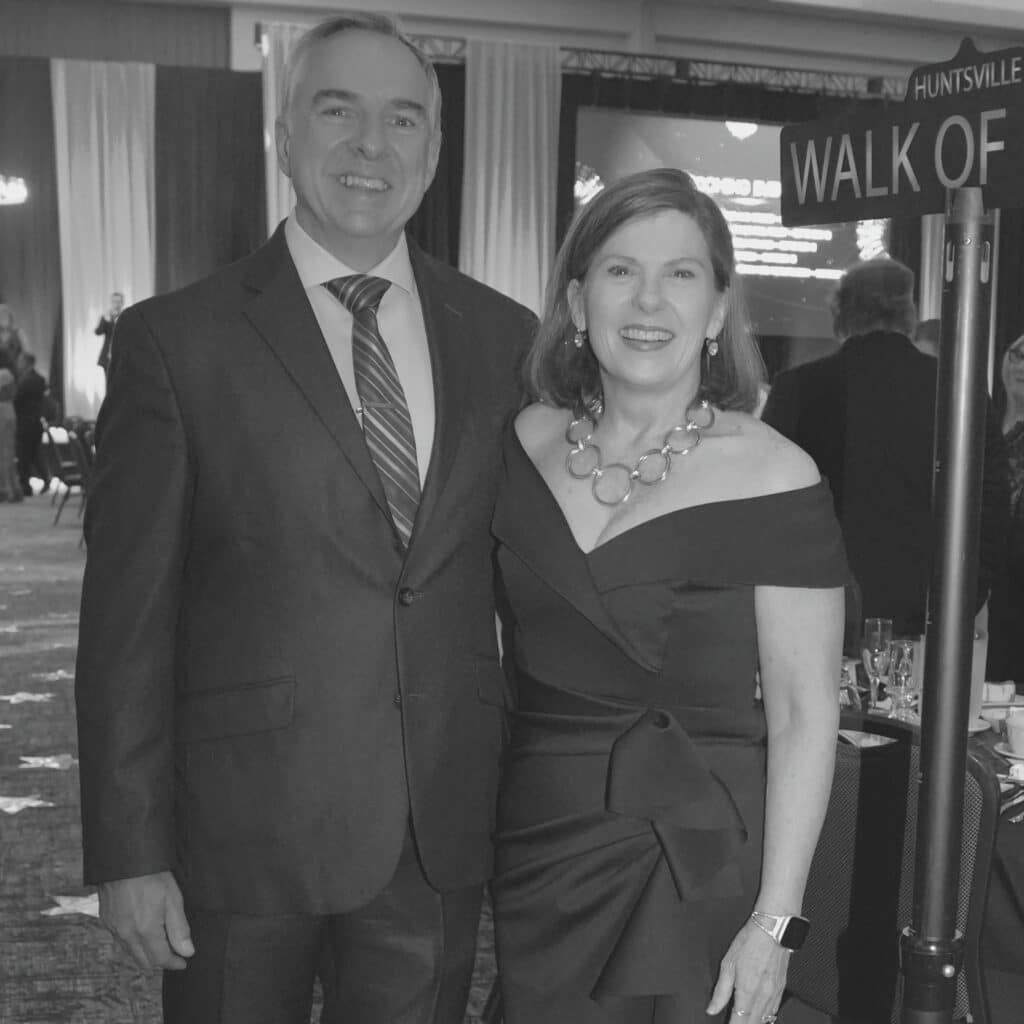13 Apr Flexible Communication Can Be Painless
By Andrew Jennings, CCO
The beauty of the conversations we have with both current and prospective customers is that we get to learn about the many successes and challenges they share, and recognize patterns that emerge along the way.
Poor Communication is the Root of Many Problems
An observation we often share is how interpersonal conflict, dysfunctional team dynamics, missed goals, and leadership challenges often begin with a simple miscommunication. Considering how many forms of communication are available to us, you’d think we might have found a way to use them more effectively. However, no amount of technology can make up for our inadequacies as human beings.
You see, whether you have 140 characters, an hour-long speech, or a multi-page memo, it’s not simply what you write or say that matters. It’s how the information is received by the other party that forms the basis of good communication.
If miscommunication is to be avoided, or at least minimized, we need to give consideration to who we are communicating to. It’s not sufficient to write or speak from our place of comfort. The most successful leaders are aware of this fact.
Flexible Communication Connects
This is not about changing who you are, but about being flexible with your communication style to better fit your audience. Miscommunication can be avoided with flexibility – shaping your communication to reflect and fit the other person’s style.
Consider for a moment someone you find easy to understand . . . someone who you really “get.” It’s likely that they share a very similar communication style to yours. Have you ever listened to a global or business leader who you felt was speaking directly to you, even if you were in a crowd of thousands? That is the kind of connection you can make with your audience, whoever they are, by being more flexible with your communication style.
“Miscommunication can be avoided with flexibility – shaping your communication to reflect and fit the other person’s style.”
We can’t chose to work only with people like ourselves. Given that fact, how can you be more flexible to meet others closer to where they are? And, how can you still feel a sense of connection with your message?
Useful Pointers for Flexible Communication
Is the person you are communicating to . . .
- Fast-paced and controlled in their emotions? Get to the point quickly and be decisive.
- Fast-pace and lively? Give the bigger picture view and let them sell themselves on your idea.
- Thoughtful in what they say and warm to interact with? Explain how what you are proposing will be good for them and their team.
- Thoughtful in what they say and reserved in their interaction? Take time to outline the details and, if possible, supply data supporting your idea. Give them time.
Obviously, there is more to flexible communication than just the four points made above, but they’re a great start. We cover this topic in-depth when working with leaders everywhere. It crosses cultures, genders and even generations!
We have a number of tools to help with this journey, including DiSC® assessments for multiple functions, and one-on-one comparison reports. Tools that give you the inside scoop on connecting better.
Begin your journey today to be a truly influential and powerful leader by being flexible and “walking a mile in someone else’s shoes.” I can assure you it will empower you to better understand other people’s perspectives. This understanding will result in clearer, faster, and improved communication.
Related Articles
Ready to fearlessly provide feedback and get positive results?
Our Fearless Leaders MasterClass® Program will help you develop the emotional intelligence and leadership skills needed to have effective conversations.
Sign up to reduce manager overwhelm and employee turnover.





